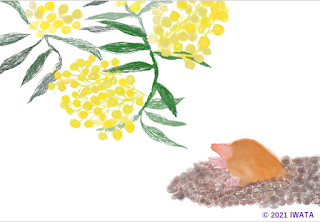Abstract. Reconsidering Marx’s Theory of Turnover under Uncertain Circulation: Japanese Marxian and Unoist Approaches
Abstract Turnover consists of production and circulation processes. Although circulation interrupts the accrual of value in production, industrial capital can continue production by advancing additional capital, as Marx described in Chapter 15 of Volume II of Capital . Money that is set free in continuous production is often said to lie idle for a certain period. However, this paper argues, first, that industrial capital can eliminate set-free money by combining more than two production processes, as shown by Japanese Marxian economists. Second, by introducing uncertainty with variance into the circulation period, this paper shows that monetary reserve is essential for turnover. Third, as a consequence, idle money is unevenly distributed among industrial capitals. Some capitals persistently hold excess idle money, while others face shortages that threaten the continuity of production. This dispersion provides a foundation for further research on phenomena such as the emergenc...



コメント
コメントを投稿